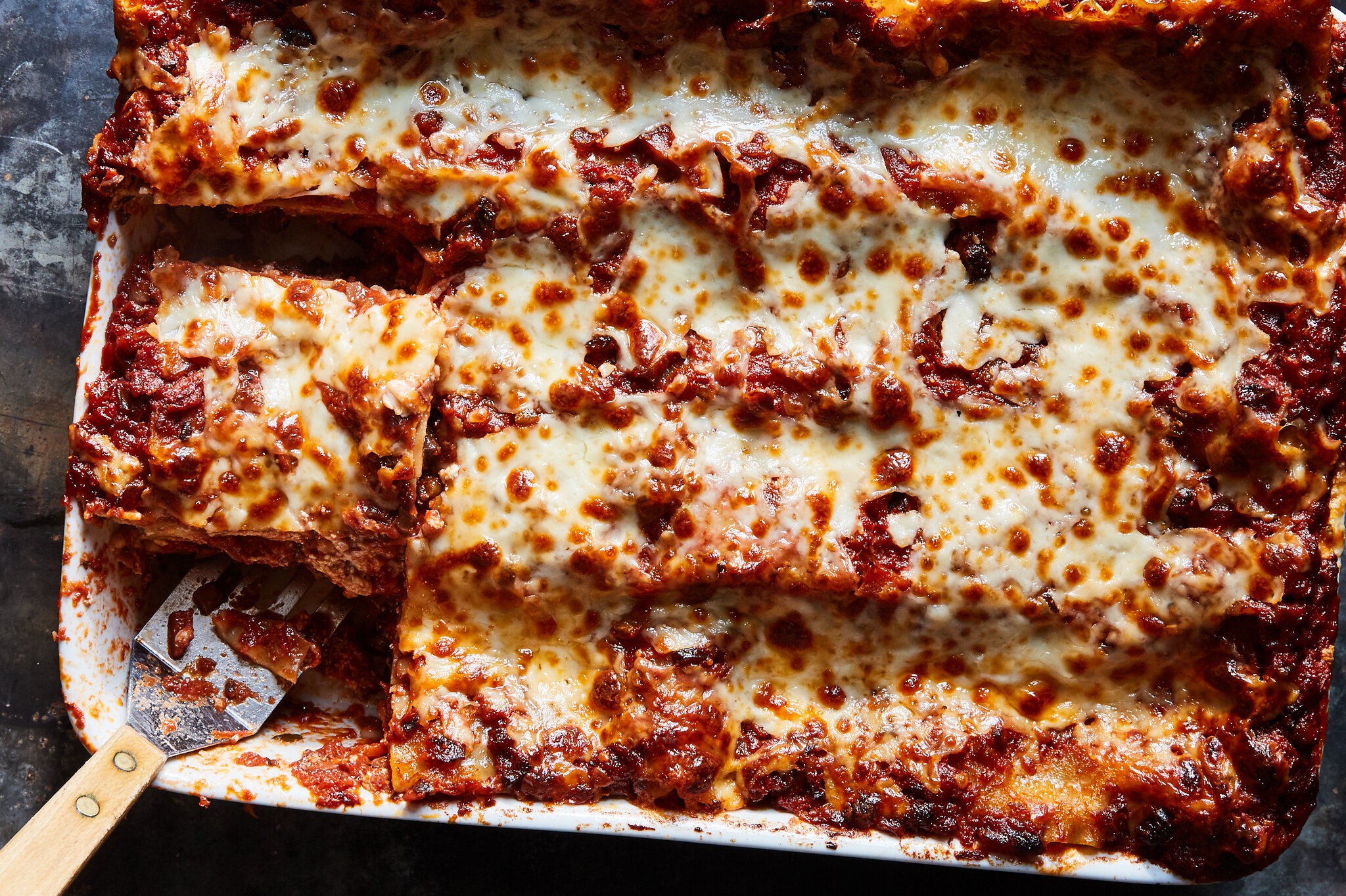Faced with a steaming dish and the need to refrigerate it, the question arises: Can you put warm food in the fridge or is it better to wait? Is it safer to risk bacteria growth by letting it cool down on the counter, or to load it directly into the fridge and potentially warm up everything inside?
Despite the persistent myth, food safety agencies such as the United States Department of Agriculture (USDA) agree that hot food can and, in many cases, should be refrigerated promptly, especially when portioned into smaller containers.
The Icebox Era: Where the Myth Began
The concern about placing warm food in the fridge is a holdover from the days of the icebox, the refrigerator’s 19th-century ancestor. These were typically wooden boxes lined with metal, featuring a compartment for a large block of ice. As Helen Peavitt, a social historian and author of “Refrigerator: The Story of Cool in the Kitchen,” explains, iceboxes were essentially insulated boxes. Putting hot food inside would cause the ice to melt faster, requiring frequent replacement to maintain a cool temperature.
Modern refrigerators, equipped with chemical refrigerants and fans for air circulation, can handle temperature fluctuations more efficiently. Even so, there are ways to optimize the process. Here’s how to cool food safely and efficiently without straining your appliances or your electricity bill.
Safely Storing Hot Food in the Refrigerator
 Overhead shot of lasagna in a baking dish, with a couple of slices removed, demonstrating portioning before refrigeration.
Overhead shot of lasagna in a baking dish, with a couple of slices removed, demonstrating portioning before refrigeration.
Dividing dishes like lasagna into smaller portions before refrigerating is key for rapid cooling.
Experts recommend portioning food into smaller containers to facilitate quick cooling. This might involve carving large roasts like turkey or ham and dividing soups and casseroles into shallow containers no more than two inches deep. Initially, cover them loosely to allow steam to escape before sealing them tightly.
According to the Food and Drug Administration (FDA), it’s safe to transfer hot food directly to the fridge at this point (within two hours maximum, or one hour if the ambient temperature exceeds 90 degrees Fahrenheit), provided there’s adequate space for cold air to circulate. However, Peavitt notes that doing so increases electricity consumption as the refrigerator works harder to maintain its temperature.
To reduce the strain on your fridge, expedite the cooling process by stirring the dish periodically and placing it in an ice water bath.
While modern refrigerators are far more advanced than iceboxes, efficiency varies across brands and models, and some may have hidden warm spots. Using a couple of inexpensive appliance thermometers ensures your fridge maintains a temperature of 40 degrees Fahrenheit or below and your freezer stays at zero.
Should You Put Hot Food Directly in the Freezer?
Ideally, avoid it. The USDA advises that the faster food freezes, the smaller and less disruptive the ice crystals formed, which helps to preserve its structure upon thawing. This means juicier meat and seafood, more intact fruits and vegetables, and less splitting in creamy, cheesy dishes.
Therefore, cool food down in an ice bath or in the refrigerator before freezing. When freezing liquids, leave space at the top of the container to accommodate expansion during freezing (about an inch for pint-size containers and an inch and a half for quart-size containers or larger). Solids should have at least half an inch of space as well.
Choosing the Best Food Storage Containers
There are several options. Dr. Kantha Shelke, a senior lecturer of food safety regulations at Johns Hopkins University, recommends glass containers, especially tempered glass, as they are non-absorbent, stain-resistant, and oven- and microwave-safe. Silicone bags are lightweight and durable but can be challenging to clean and may retain odors. Aluminum foil and freezer paper are useful for irregularly shaped foods.
However, Dr. Shelke advises against placing hot food directly into plastic containers, as this can cause harmful chemicals like BPA, phthalates, and potentially PFAS to leach into the food, especially as the plastic degrades over time or comes into contact with acidic and oily substances. Also, avoid storing hot foods in single-use plastics like takeout containers and yogurt tubs, which aren’t designed for repeated use or heat exposure. Always use freezer-safe containers.
Cooling Food Outdoors: Is it Safe?
Yes, with precautions. Betty Yaohua Feng, an associate professor in the Department of Food Science at Purdue University, notes that while outdoor cooling can be helpful, it’s best used as a temporary measure due to unpredictable temperatures. A cooler with ice packs is a safer alternative, especially for drinks and less perishable items.
If you opt to cool food outdoors, Dr. Feng recommends sealing containers tightly to prevent contamination from dust and wildlife, avoiding direct sunlight, and ensuring the temperature remains below 40 degrees Fahrenheit.
Holiday Leftovers: Tips for a Crowded Fridge
Peavitt suggests decluttering your refrigerator before large events to make room. Many items stored in the fridge, such as unopened pickle jars, ketchup, and certain fruits and berries, may not require refrigeration.
In conclusion, while it’s important to be mindful of best practices, placing warm food in the fridge is generally safe and often necessary to prevent bacterial growth. By portioning food, using appropriate containers, and monitoring refrigerator temperature, you can ensure food safety without overworking your appliance. Always prioritize safety, especially when dealing with large quantities of leftovers.
